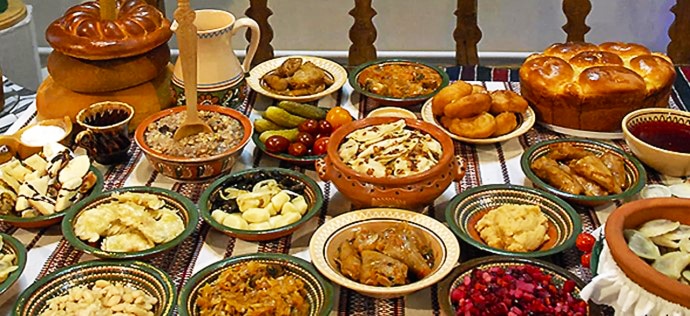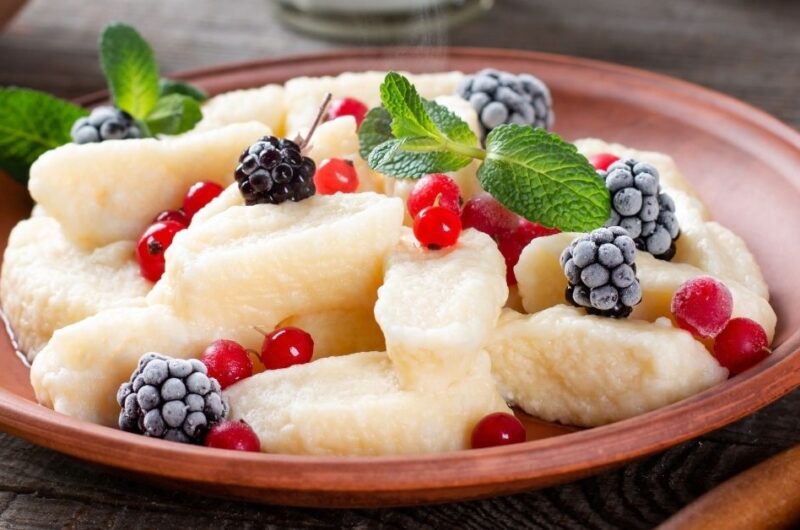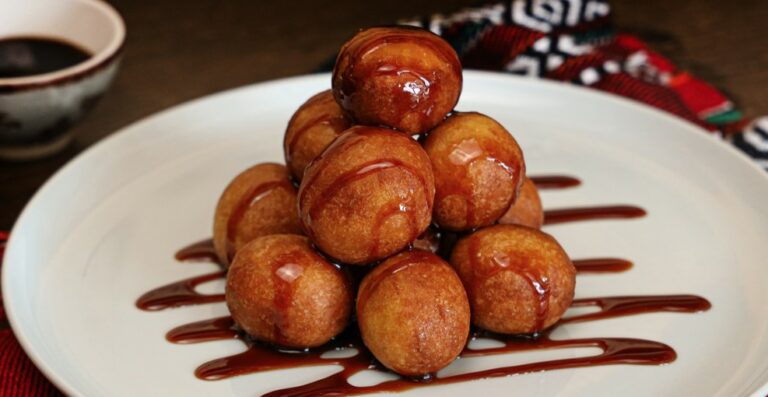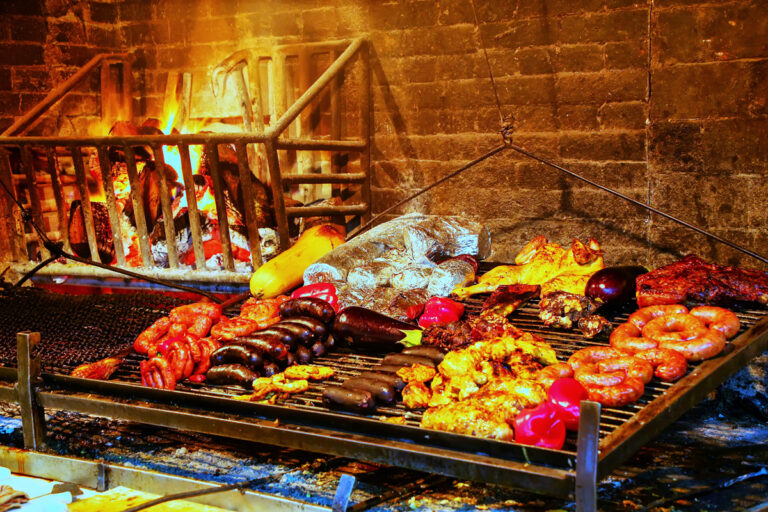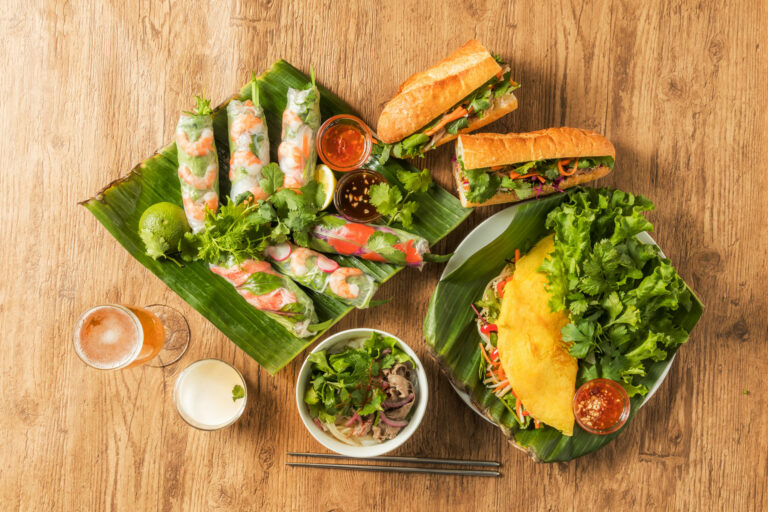Introduction: Ukrainian cuisine overview
Ukrainian cuisine is a significant element of the country’s cultural heritage. Ukrainian cuisine is known for its use of fresh ingredients, herbs, and spices that reflect the country’s fertile fields and rich soil. The cuisine is unique, diverse, and has been influenced by various cultures throughout history, including the neighboring countries of Russia, Poland, and Hungary.
The cuisine is known for its hearty meals, including soups, stews, and meat dishes. Ukrainian cuisine also features delicious pastries and desserts. Ukrainian cuisine is representative of the country’s diverse regions, and each region has its unique specialties.
Northern cuisine: specialties and ingredients
Northern Ukraine’s cuisine is known for its use of potatoes, cabbage, and mushrooms. The region is the breadbasket of Ukraine, and its cuisine reflects the abundance of grains, such as wheat and rye. The region’s specialties include kholodets, a jellied meat dish prepared with pork or beef, and varenyky, a type of dumpling filled with potatoes, cheese, or sauerkraut.
Northern Ukraine’s cuisine also includes various soups, including solyanka, a sour and spicy soup with meat and vegetables. The region’s desserts include pampushky, small soft rolls filled with sweet cream or jam, and syrniki, a type of cheese pancake served with sour cream.
Southern cuisine: flavors and spices
Southern Ukraine’s cuisine is known for its use of spices and flavors. The region’s specialties include borscht, a beet soup traditionally served with sour cream, and vinaigrette, a salad made with beets, potatoes, and pickles. The region’s meat dishes, such as shashlik, marinated skewered meat, and Golubtsi, stuffed cabbage rolls, are flavored with garlic, dill, and parsley.
Southern Ukraine’s desserts include halva, a sweet made of sesame seeds, and honey cake, a layered cake filled with honey buttercream. The region’s cuisine is influenced by the Mediterranean and Middle Eastern cultures.
Eastern cuisine: influences and traditions
Eastern Ukraine’s cuisine is influenced by Russian and Polish cuisines. The region’s specialties include kasha, a cereal porridge made with buckwheat or oats, and salo, a type of cured pork fat. The region’s meat dishes, such as kotlety, meatballs made with ground meat, and cutlets, pan-fried patties made with minced meat, are popular.
Eastern Ukraine’s cuisine also includes various soups, including ukha, a fish soup made with freshwater fish. The region’s desserts include babka, a sweet bread made with raisins and nuts, and zephyr, a type of marshmallow made with fruit puree.
Western cuisine: dishes and customs
Western Ukraine’s cuisine is influenced by Polish and Hungarian cuisines. The region’s specialties include banosh, a cornmeal dish served with sour cream, and kapusniak, a sauerkraut soup with meat and vegetables. The region’s meat dishes, such as pid-shuboy, a layered salad with herring, potatoes, and beets, and holubtsi, stuffed cabbage rolls, are popular.
Western Ukraine’s cuisine also includes various dumplings, including pyrohy, small dumplings filled with potatoes, cheese, or sauerkraut. The region’s desserts include kholodets, a jellied fruit dessert, and paska, a sweet bread served during Easter.
Conclusion: diversity and richness of Ukrainian cuisine
Ukrainian cuisine is diverse and reflects the country’s rich cultural heritage. Each region has its specialties, which have been influenced by various cultures throughout history. Ukrainian cuisine is known for its use of fresh ingredients, herbs, and spices, making it a hearty and flavorful cuisine.
From the hearty meals of Northern Ukraine to the spicy flavors of Southern Ukraine, from the influences of Russian and Polish cuisines in Eastern Ukraine to the customs and dishes of Western Ukraine influenced by Hungarian and Polish cuisines, Ukrainian cuisine is a rich and diverse culinary experience. Ukrainian cuisine is a must-try for anyone interested in experiencing the flavors of Eastern Europe.

